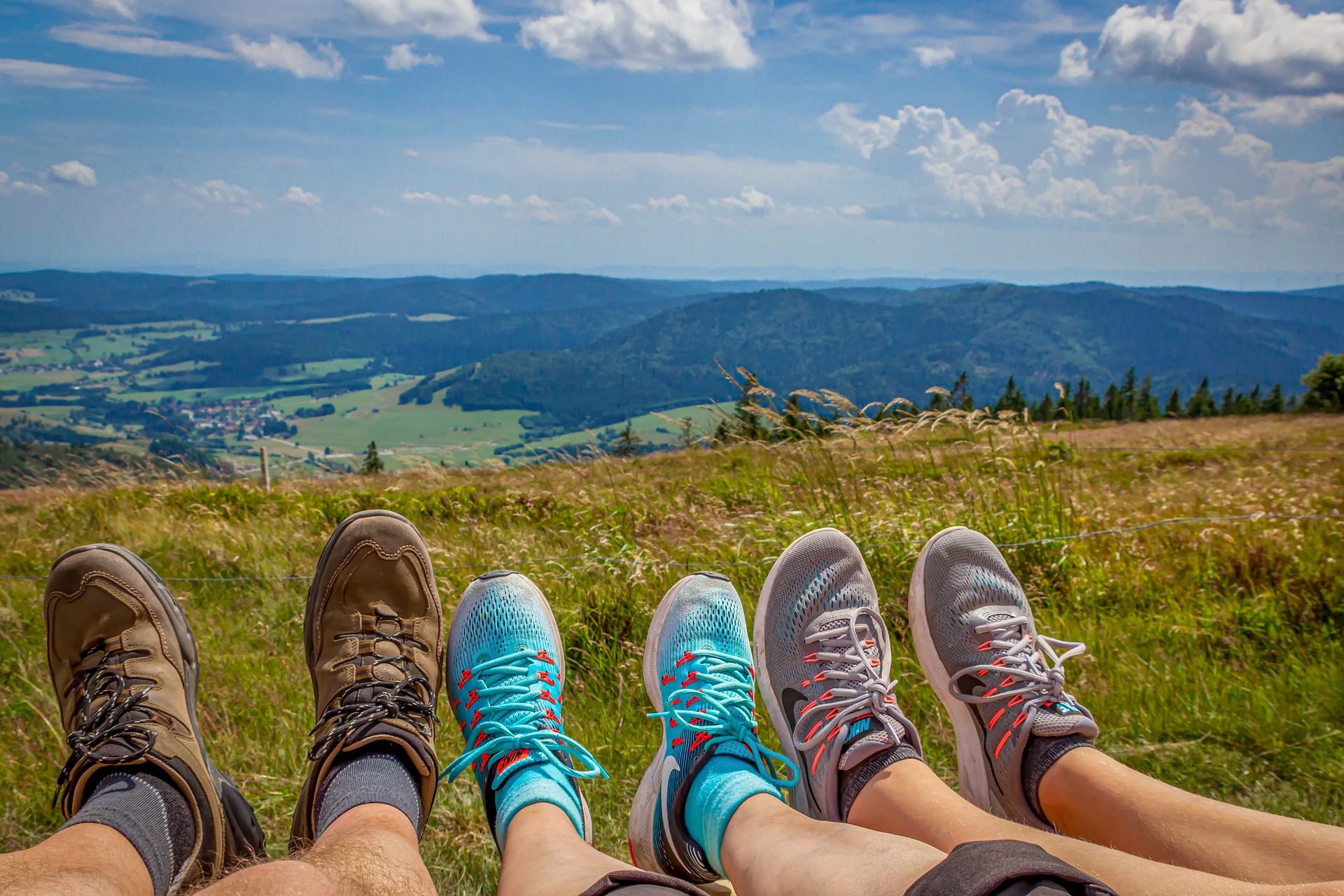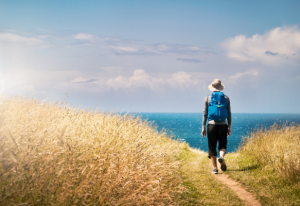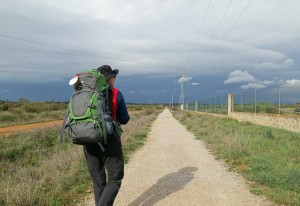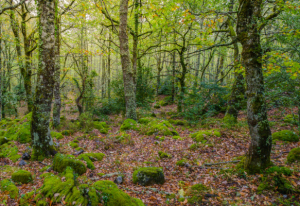One of the most common problems faced by pilgrims on their way to the Cathedral of Santiago is the appearance of blisters on their feet. Do you know someone who has done the Camino and has not suffered a blister on their feet? Although it is not 100% possible to avoid the appearance of blisters on the Camino de Santiago, we can try it by following some very simple tips, and if they have already appeared, there are also some remedies that will help you relieve the pain.
Today at ALBERGUES DEL CAMINO we leave you some tips to prevent blisters from making your Camino bitter. Take note!
TIPS TO AVOID THE APPEARANCE OF BLISTERS
HYDRATION
Keeping the skin well hydrated is essential to avoid chafing. A trick that works very well is to moisturize the area with Vaseline the night before you go for a walk. In this way you will get up with your feet hydrated and they will not suffer as much from the friction of chafing.
SOCKS
Choosing the correct socks is essential to avoid the appearance of blisters on the road.
Currently, there are socks on the market made with technical and seamless materials that help perspiration and ventilation, creating better conditions to avoid rubbing and moisture, an important aspect to avoid skin injuries.
CORRECT FOOTWEAR
Footwear is the most important element that most influences the appearance of blisters on the feet. Therefore, it is necessary to comment on several aspects related to this topic:
- If you are going to buy a new shoe for the road, do it at the end of the day, when the feet are more dilated. If you do it in the morning you run the risk of being squeezed when you start walking and the foot dilates.
- If a shoe squeezes us in the store, our advice is not to expect it to “stretch”. We must change the model or size, until we feel comfortable with the shoe from the first moment.
- It isn’t advisable to wear new shoes to start the Camino. To carry out activities in which we are going to walk more than normal, we must always use footwear that is already adapted to our foot, or else gradually adapt it.
- If we have the shoes stored from other seasons, they should be used several days before starting the Camino.
VASELINE
On many occasions, if we wear new shoes or are going to take a very long walk, it is advisable to use Vaseline or specific lubricants known on the market such as anti-chafing cream, applying more quantity in the areas prone to chafing.
CURING BLISTERS ON THE CAMINO DE SANTIAGO
If it has not been possible to prevent it and a blister appears on the skin of the foot, it is advisable to follow the following 4 steps:
- Wash the area with soap and rinse with plenty of warm water.
- Dry well with gauzes and apply chlorhexidine or povidone-iodine.
- Cover the area with a non-stick gauze (to prevent it from sticking) and cover with a paper plaster (it has better breathability).
- In the event that the blister is large and prevents us from walking due to the pain it causes (the liquid is the cause of this discomfort), we must open it and drain it, and never remove the skin.
- If the injury is left uncovered (without skin), we will clean the area to disinfect it and place a specific dressing known as “second skin” or “artificial skin” (it will have to completely cover the injured area). We will never place a dressing containing adhesive on top of the damaged area, since by peeling it off we can further damage that part.
These are just some tips to complete the Camino de Santiago and that your feet are not an impediment. From Albergues del Camino we hope you find them useful.
If you liked this post, do not hesitate to share it with other pilgrims and if you have already completed the Camino, we encourage you to share your experience on our social networks Facebook and Instagram.
We await your comments!
Good Way, pilgrims!












